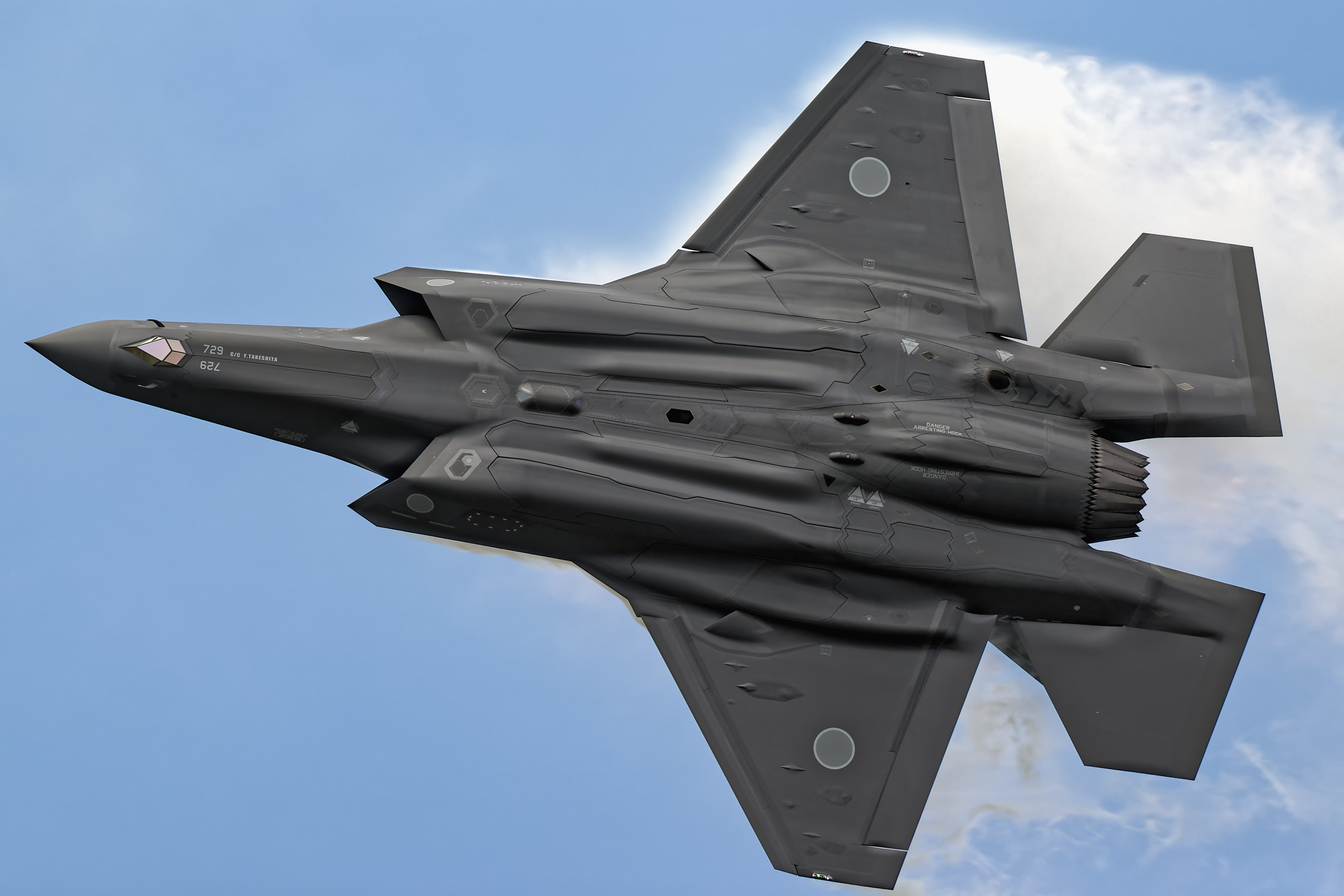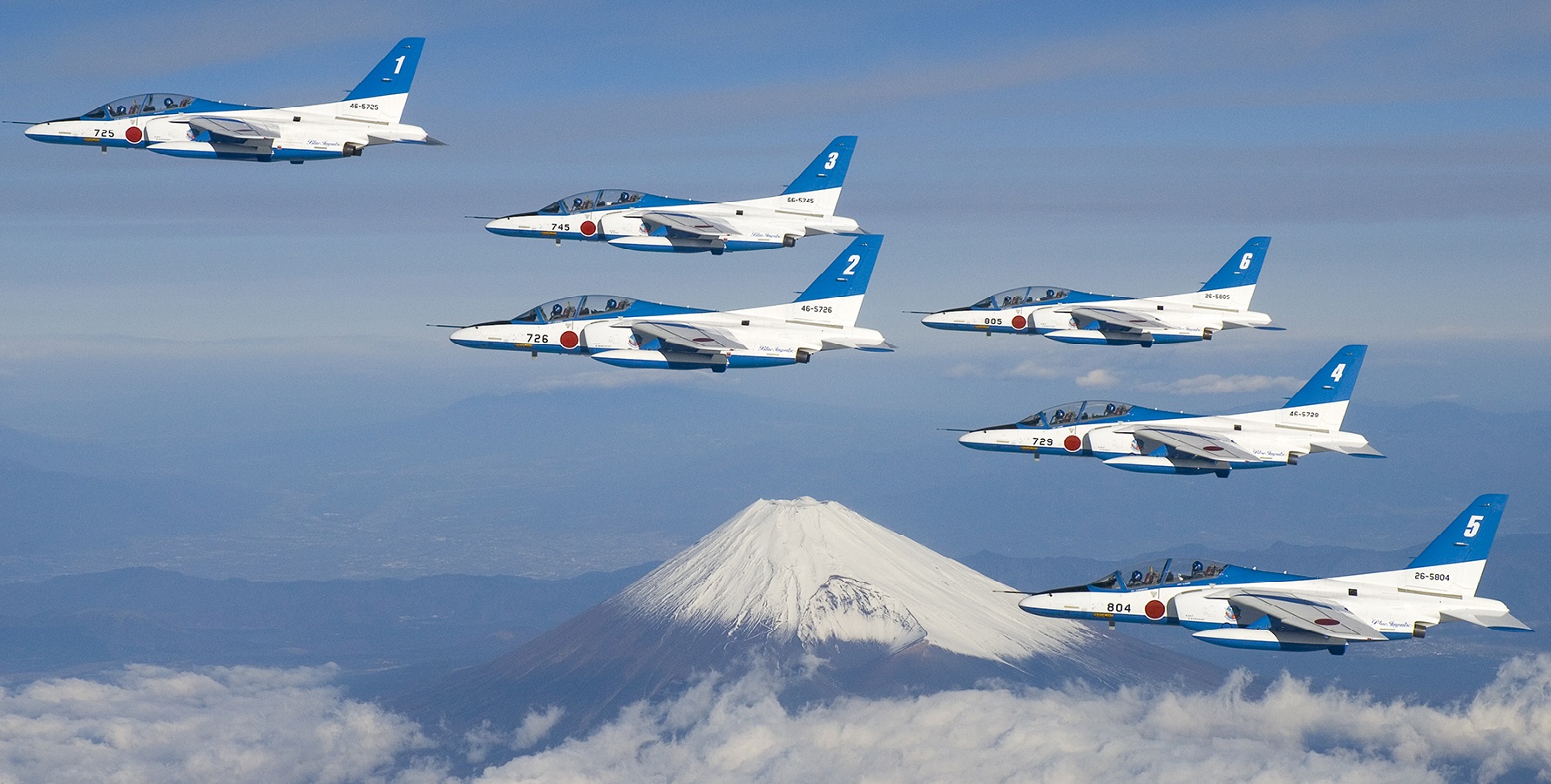The Japan Air Self-Defense Force celebrated its 70th anniversary
_1719906335_1.jpg)
On July 1, the Japan Air Self-Defense Force celebrated its 70th anniversary.
On that day in 1954, the Japan National Safety Council was reorganized into the Japan Defense Agency. Simultaneously, the reform of the National Safety Forces into the Japan Self-Defense Forces began, which included the establishment of the Japan Air Self-Defense Force (JASDF). This process was overseen by the United States, although the formal post-war occupation of the Land of the Rising Sun had ended two years prior. In January 1955, the United States handed over 85 aircraft to its new ally, including the Lockheed T-33 trainer jets, which became the first aircraft in the post-war Japanese Air Force.
For a long time, the JASDF's fleet was composed exclusively of American-designed equipment, some of which was produced under license in Japan. For example, in the 1960s, the Lockheed F-104 Starfighter and McDonnell Douglas F-4 Phantom II fighters were introduced into service. One of the first domestically developed aircraft was the Kawasaki C-1 military transport, which began operation in 1974. Starting from 2000, the JASDF began using the Mitsubishi F-2 multirole fighter, created jointly with the American company Lockheed based on the popular F-16. At the same time, deliveries of American equipment continued. In 2019, the first units of the fifth-generation Lockheed Martin F-35 Lightning II fighter arrived. Additionally, the assembly of such machines from US-manufactured components was launched in Japan.
Today, the JASDF represents a formidable force. They have about 47,000 personnel and nearly 750 manned aircraft, including over 220 modern fighters.
The growing international tensions in the Pacific region, which have been deteriorating since at least 2008, have compelled the Japan Air Self-Defense Force to enhance its combat capabilities. It was during this time that the number of interceptions of Chinese and Russian military aircraft approaching Japanese airspace began to rise rapidly. For instance, in 2010, JASDF fighters intercepted 31 Chinese and 193 Russian aircraft, while in 2018, the numbers increased to 638 and 343, respectively. Adding to the tension is North Korea, which regularly conducts test launches of ballistic missiles towards the Japanese islands. In response, on October 22, 2023, the JASDF participated for the first time in joint military exercises with the Republic of Korea Air Force and the United States, held near the Korean Peninsula.

 Fan-page
Fan-page Youtube
Youtube TikTok
TikTok Aviamuseum
Aviamuseum State Aviation Museum
State Aviation Museum
_1719906359_1.jpg)
_1719906383_1.jpg)


_PDS_airdrop_demonstration_at_Miho_Air_Base_May_27,_2018_03_1719906447_1.jpg)
_1719906468_1.jpg)
_1719906489_1.jpg)